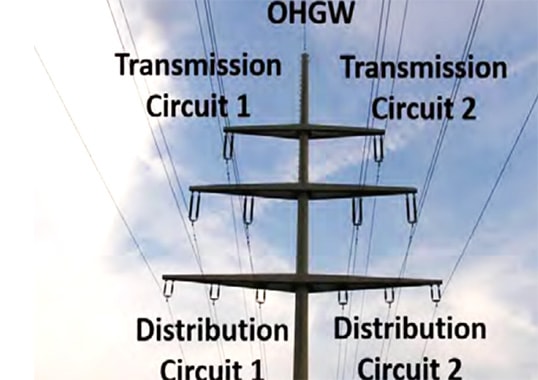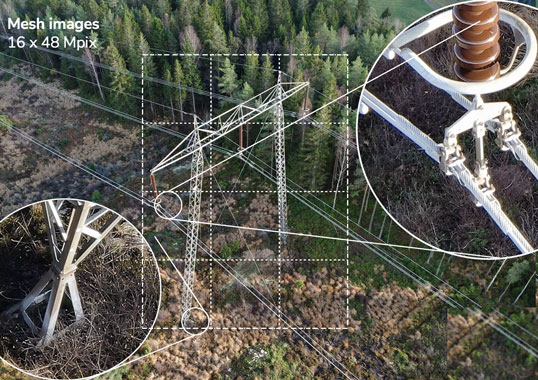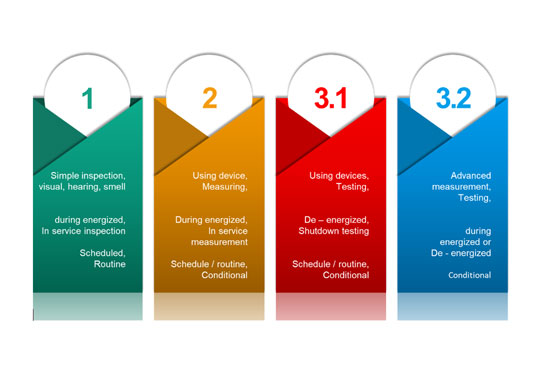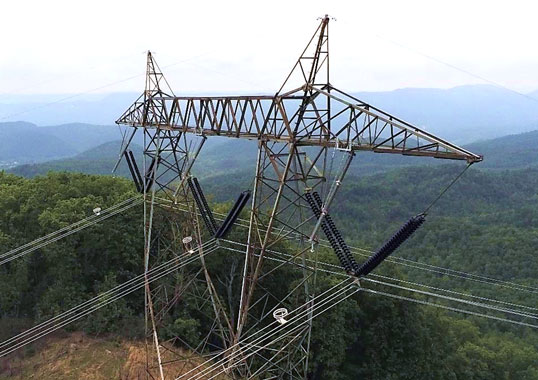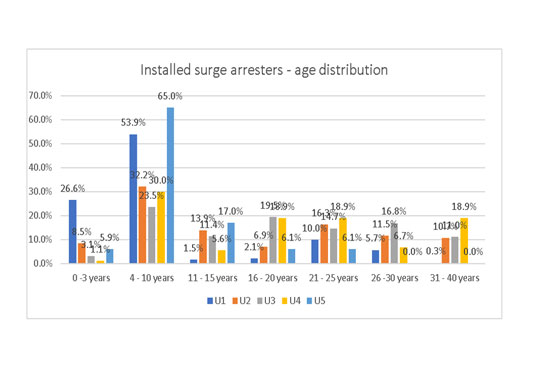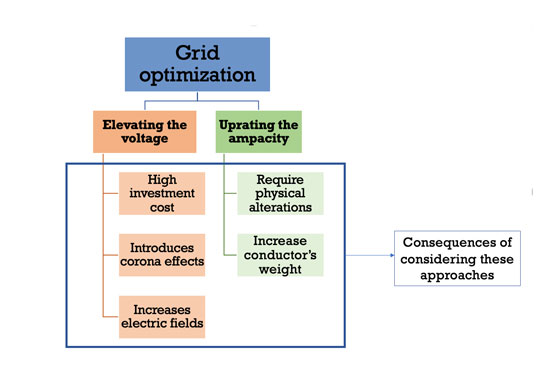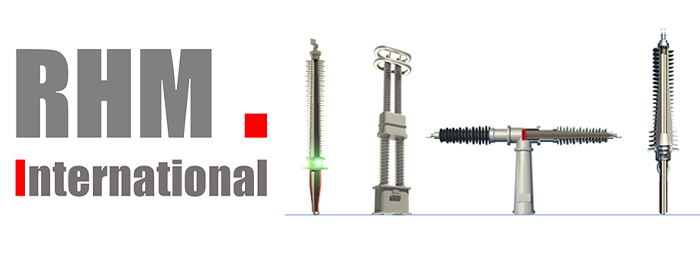Arrester Protection of Lower Voltage Circuits on Multi-Voltage Towers: Issues & Opportunities by William Chisholm.
Distribution system engineers sometimes take advantage of existing transmission right-of-way to route medium voltage circuits when standards show there is adequate vertical clearance to high voltage transmission circuits above. Often, while the lightning performance of the HV circuit improves, the tripout rate of the MV circuit is disappointing. For example, in the case of one particular line configuration lightning protection is provided by a single overhead groundwire mounted at the top of the pole. Each steel pole is grounded but soil resistivity varies considerably from tower to tower so each pole will have a different value of footing resistance. The lightning performance of such a structure with four circuits helps to visualize the concept of electromagnetic surge impedance coupling. Depending on distance from the single OHGW, each phase will take up a voltage wave that is a faithful but reduced amplitude copy of what appears on the tower top. The voltage stress on each insulator is the difference between the local tower voltage rise and this ‘coupled’ voltage. Line surge arresters offer an opportunity to retain the benefits of improved electromagnetic coupling of lightning to the HV circuit above while also mitigating induced and back-flashover overvoltages on the MV circuit below. This presentation offers a tutorial approach using surge impedance matrix calculations to support the analysis, which confirms that, with appropriate selection, arresters on the lower circuit can also mitigate cross-system contact faults.

